Modern Art
20 Secrets of The Mona Lisa Painting by Leonardo da Vinci
The Mona Lisa painting, painted by the legendary Leonardo da Vinci, is arguably one of the most recognized pieces of art in history. Known for her mysterious smile and captivating gaze, this painting has sparked countless interpretations and debates over the centuries.
The portrait, officially titled La Gioconda, represents Lisa Gherardini, the wife of Francesco del Giocondo, and was created using oil on wood, measuring 77 x 53 cm. Today, it resides in the Louvre Museum in Paris, where it attracts millions of visitors each year.
Beyond her captivating beauty, the Mona Lisa holds a treasure trove of secrets that reveal the genius of Leonardo da Vinci. From her enigmatic expression to the innovative techniques employed in her creation, this masterpiece is a testament to the brilliance of the Renaissance.
Why Is the Mona Lisa So Famous?
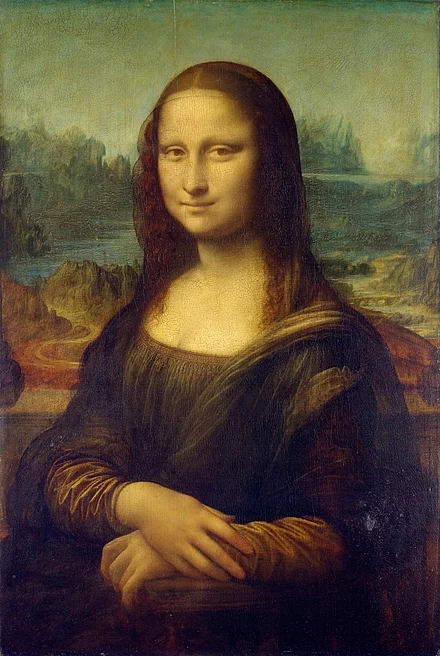
The Mona Lisa has earned its place in the annals of art history due to several factors. Firstly, her elusive smile has captivated audiences and prompted numerous theories about her emotions and identity.
Secondly, the Mona Lisa painting’s intricate background and use of atmospheric perspective were revolutionary for its time, showcasing Leonardo’s mastery of light and shadow. Lastly, the painting’s tumultuous journey through history, including theft and vandalism, has only added to its allure, making it a subject of fascination and study.
Facts About Mona Lisa Painting
- Creation Technique: Leonardo used the sfumato technique, which employs soft transitions between colors, creating an ethereal quality in the painting.
- Historical Journey: The Mona Lisa painting was stolen in 1911, which catapulted it to global fame as it was widely reported in the media.
- Iconic Status: The painting has inspired countless parodies and references in popular culture, cementing its status as a cultural icon.
- Museum Setting: The Mona Lisa now resides in a temperature-controlled glass case at the Louvre, ensuring its preservation and protection from potential harm.
- The Smile: The famous smile of the Mona Lisa painting is often described as elusive, as it appears to change depending on the viewer’s perspective, further enhancing its intrigue.
20 Secrets of The Mona Lisa Painting by Leonardo da Vinci
The Mona Lisa, painted by Leonardo da Vinci in the early 16th century, has captivated audiences for centuries. While many admire its beauty, few know the secrets hidden within its layers. Here are 20 intriguing secrets that reveal more about this iconic masterpiece and the mysteries surrounding it.
1. The Painting’s Royal History with Famous Monarchs
Leonardo da Vinci began work on the Mona Lisa in Italy but completed it in France at King Francois I’s request. The painting was displayed in the Fontainebleau palace and later moved to the Palace of Versailles by Louis XIV. In the early 19th century, Napoleon Bonaparte kept the painting in his boudoir, highlighting its significance among French royalty.
2. Speculations About a Self-Portrait of the Artist

The identity of the Mona Lisa’s subject has long intrigued art historians. Some believe she could be a self-portrait of Leonardo da Vinci himself. An investigation by Italy’s National Committee for Cultural Heritage is looking into the possibility of reconstructing Leonardo’s face using modern technology to see if he resembles the mysterious Mona Lisa.
3. An Exclusive Space in the Louvre

The Mona Lisa has a dedicated space in the Louvre Museum, thanks to a four-year, $6.3 million renovation completed in 2003. This special room features a glass ceiling for natural light, a shatter-proof display case that maintains a controlled temperature, and strategic lighting that enhances the painting’s original colors.
4. A Unique Choice of Medium: Poplar Wood
Unlike many famous artworks, the Mona Lisa is painted on a poplar wood plank instead of canvas. During the Renaissance, artists often favored wood for smaller works, and da Vinci was accustomed to painting on wet plaster. This choice of medium contributes to the painting’s unique texture and durability.
5. A Historic Invitation by Jackie Kennedy

In a rare event, the Mona Lisa left France when First Lady Jackie Kennedy requested its display in the U.S. French President Charles de Gaulle granted permission, leading to the painting being showcased at the National Gallery of Art in Washington, D.C., and later at the Metropolitan Museum of Art in New York City.
6. Theft That Catapulted Her Fame
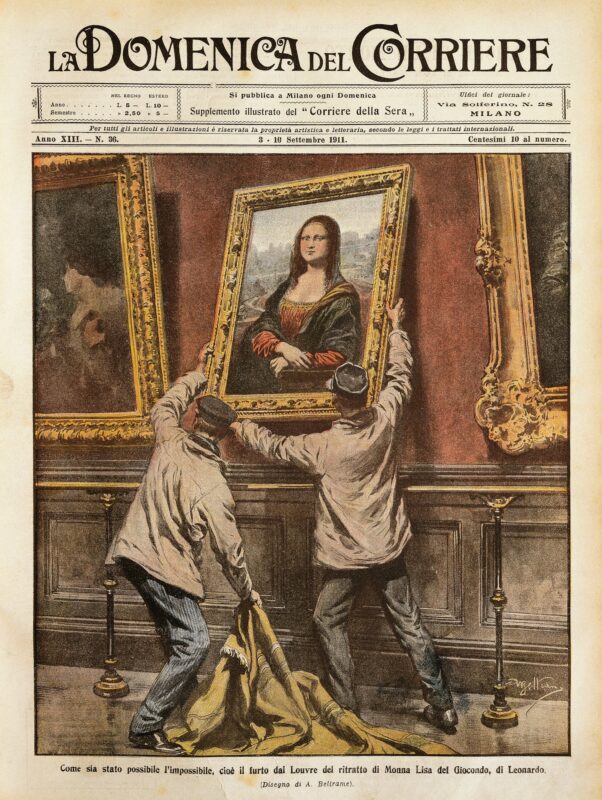
Although the painting was always regarded as a masterpiece, it gained worldwide fame after it was stolen in 1911. The theft captured public attention, and newspapers reported extensively on it. When the painting returned to the Louvre two years later, it was celebrated globally, marking a turning point in its recognition.
7. Notable Suspicions During the Theft Investigation
During the investigation into the theft, authorities questioned prominent figures, including the famous artist Pablo Picasso. He and poet Guillaume Apollinaire were briefly detained, but suspicions proved unfounded. This incident added an intriguing chapter to the painting’s history.
8. An Artistic Celebrity with Fan Mail
Since arriving at the Louvre in 1815, the Mona Lisa has received numerous love letters and flowers from admirers. She even has her own mailbox, showcasing the affection and fascination people have for this iconic artwork.
9. Vandalism Attempts Throughout History
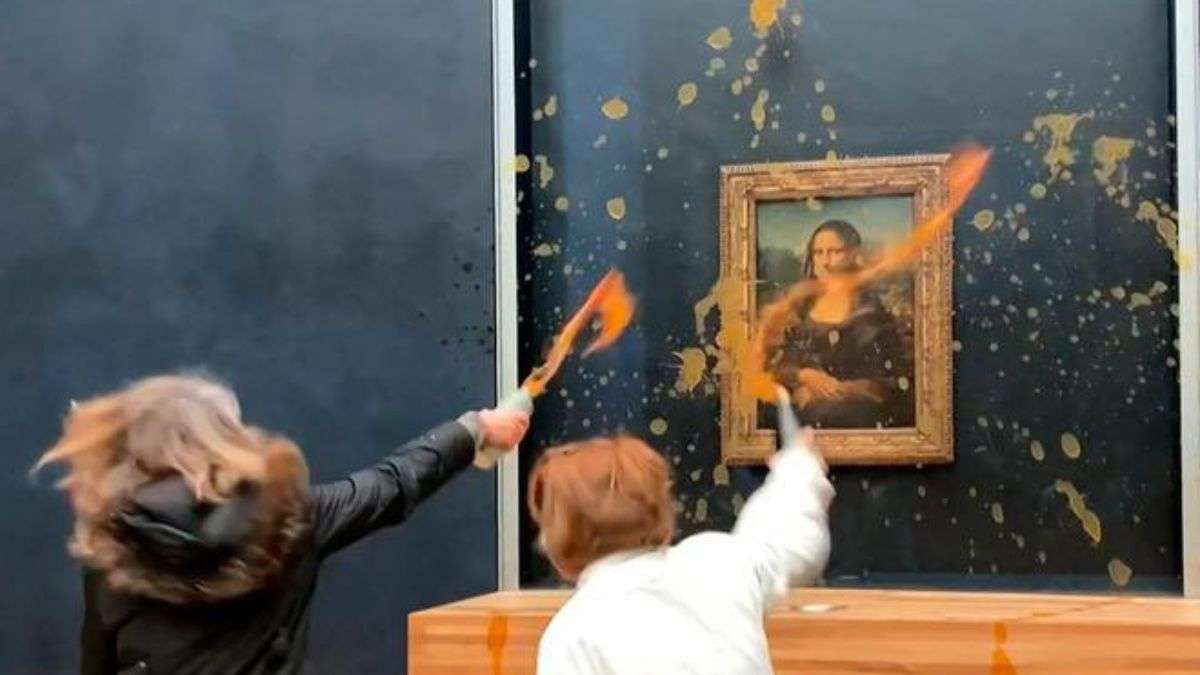
Despite her fame, the Mona Lisa has faced various vandalism attempts. Notably, in 1956, acid and a rock were thrown at the painting. Fortunately, these attacks left faint but noticeable damage. The addition of bulletproof glass has helped protect her from further attacks, including spray paint in 1974 and a coffee cup in 2009.
10. Priceless and Invaluable to the Public
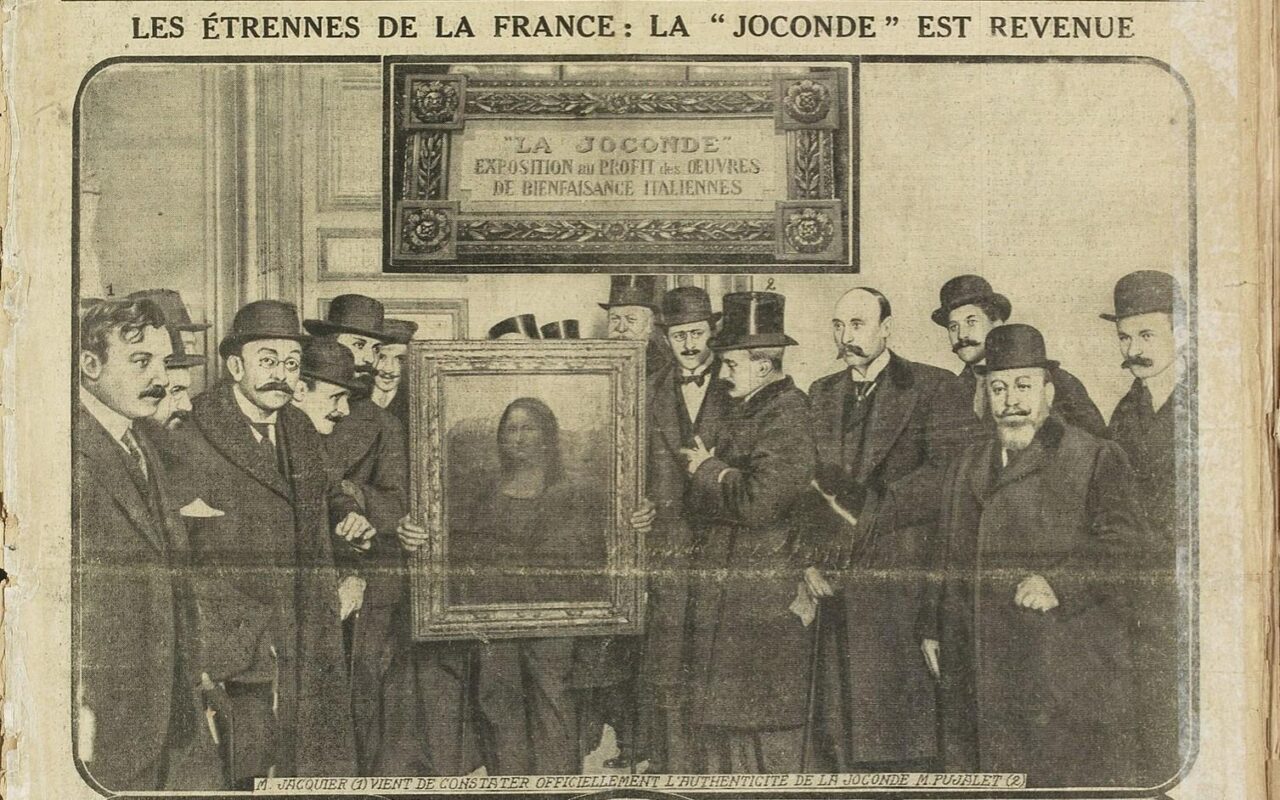
Under French heritage law, the Mona Lisa cannot be bought or sold, making it truly priceless. As part of the Louvre collection, the painting belongs to the public, symbolizing a shared cultural treasure that continues to capture hearts around the world.
11. A Speculated Pregnancy in the Painting
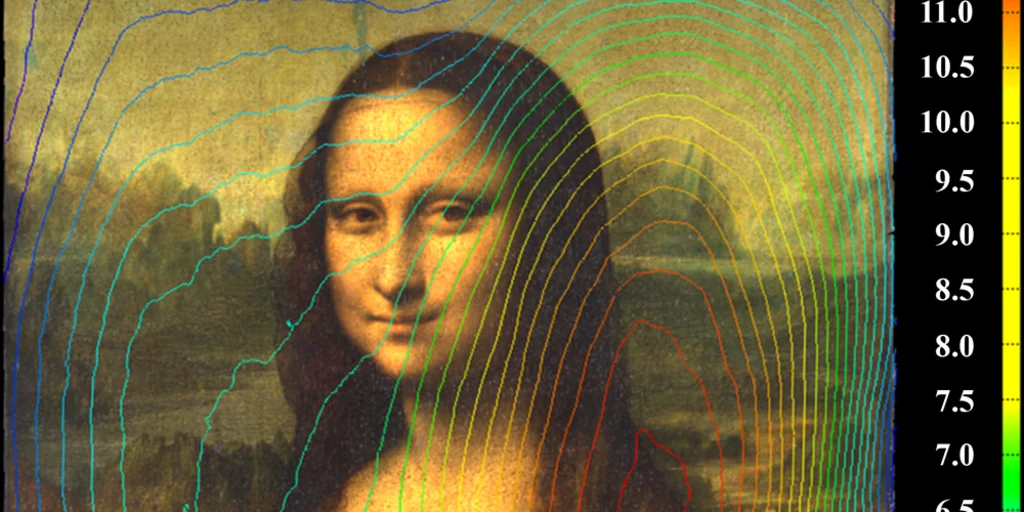
Years after the painting was created, experts used infrared technology to scan the Mona Lisa and found evidence suggesting she might be wearing a guarnello, a veil associated with pregnant women or those who had recently given birth. This theory remains speculative, adding another layer of intrigue to her identity.
12. A Hidden Menagerie of Animals

Artist Ron Piccirillo discovered that when the Mona Lisa is viewed on its side, several hidden animal images appear in the background. He theorizes these images may represent a theme of envy, although the exact meaning remains elusive, leaving art enthusiasts pondering da Vinci’s intentions.
13. The Landscape Came Before the Subject
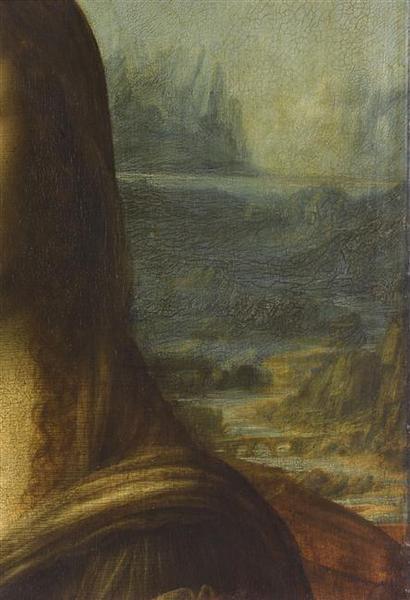
In the exhibition “Mona Lisa Secrets Revealed,” it was revealed that Leonardo painted the landscape in the background before adding the figure of Mona Lisa. This meticulous technique highlights da Vinci’s artistic process and the importance of the environment in the composition.
14. Sketches Reveal Da Vinci’s Alterations
Infrared scans revealed that da Vinci made changes to the Mona Lisa’s left hand. Initially, the finger was positioned differently, demonstrating that even the great master had moments of hesitation and doubt during the creative process.
15. The Artist’s Health Reflected in Her Depiction
In 2010, Dr. Vito Franco claimed that the painting may reveal signs of the subject’s health, suggesting the presence of xanthelasma linked to high cholesterol. This assertion adds a layer of complexity to Mona Lisa’s identity and encourages further exploration into her backstory.
16. Debunking Rumors of a Prostitute’s Identity
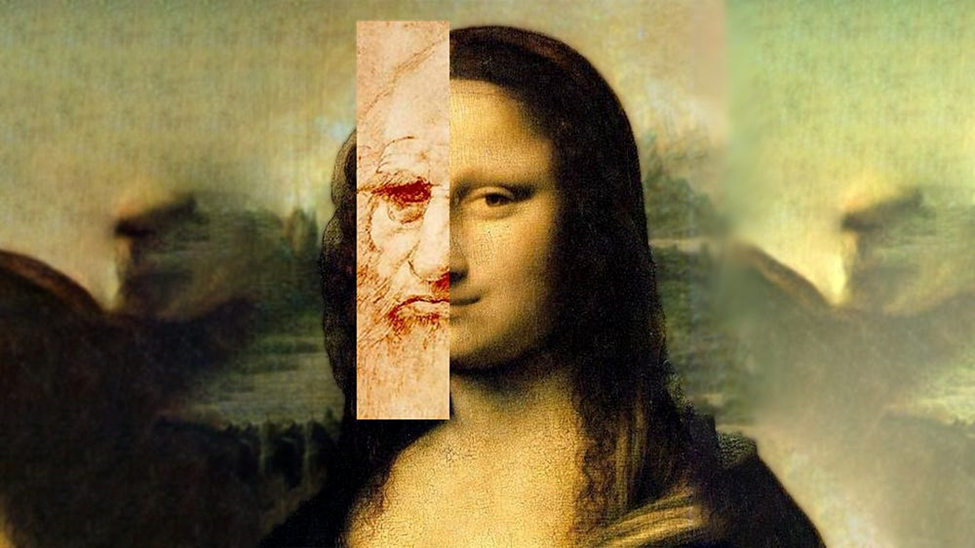
Speculations regarding Mona Lisa’s loose hair leading to the belief she was a prostitute were challenged by the infrared scans. These scans showed her hair was actually covered, contradicting the long-held notion that she was of questionable character.
17. Eyebrows and Eyelashes Once Present
One of the theories regarding the absence of eyebrows was that they indicated a possible link to prostitution. However, advanced scanning technology uncovered remnants of eyebrows and eyelashes, proving they were painted but have faded over time.
18. Clarifying Misconceptions About Illness
Pascal Cotte argues that markings previously thought to indicate illness on Mona Lisa’s face are merely varnish accidents. This discovery helps clarify misconceptions about the painting and its subject, reinforcing the importance of ongoing research.
19. The Enigmatic Smile Explained
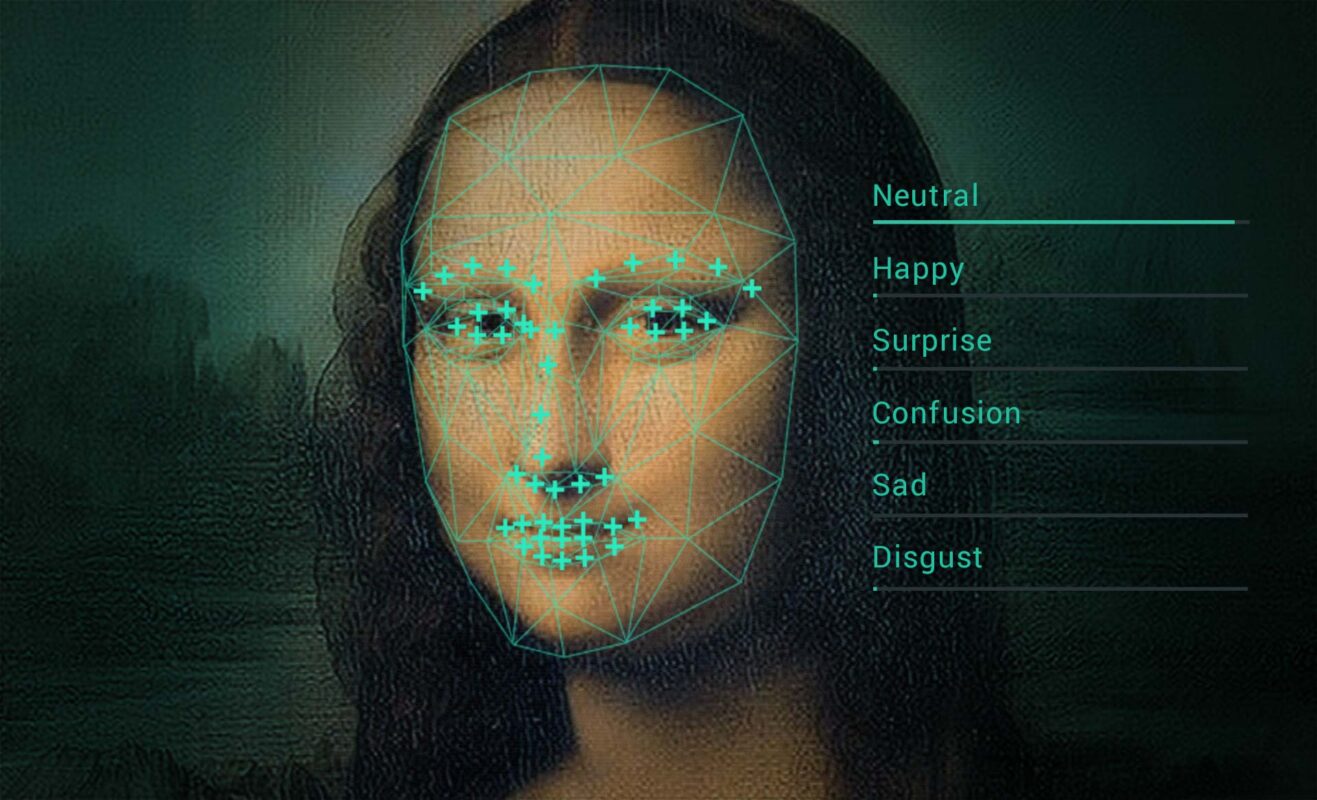
The Mona Lisa’s smile has sparked endless debate and interpretation. Harvard scholar Margaret Livingstone suggests that her expression appears more pronounced when viewed from a distance, attributing its ambiguity to the way da Vinci employed low spatial frequencies in the painting.
20. Theories of Hidden Codes Within the Painting
The notion of a hidden code in the Mona Lisa gained popularity through fiction but also sparked genuine interest among historians. Investigations have revealed letters and symbols within the artwork that remain invisible to the naked eye, leaving us to ponder their significance and whether they hold any deeper meaning.
These secrets provide a glimpse into the fascinating history and mysteries of the Mona Lisa, showcasing why it remains one of the most celebrated works of art in the world.
The Mona Lisa and Its Influence

Leonardo da Vinci’s Mona Lisa has profoundly influenced both the art world and popular culture. It has inspired countless artists and filmmakers, leading to reinterpretations and parodies that underscore its iconic status. This painting has transcended its origins, becoming a symbol of art itself and representing the intersection of beauty, mystery, and the human experience.

Mona Lisa Painting Specification
The Mona Lisa is created using oil on a poplar wood panel, a technique that allowed Leonardo to achieve soft transitions between colors and tones, known as sfumato. This method is evident in the painting’s delicate facial features and the atmospheric effects surrounding the figure. The subtle blending of light and shadow enhances the three-dimensionality of the subject, creating a lifelike appearance that was revolutionary for its time.
Conclusion
The Mona Lisa Painting remains a timeless masterpiece that continues to inspire and intrigue people around the globe. With its rich history and endless interpretations, it stands as a testament to Leonardo da Vinci’s genius and the enduring power of art.
If you’re inspired by the beauty and complexity of works like the Mona Lisa painting, explore Artwale.com to discover a stunning collection of Indian and modern art paintings. All our pieces are 100% handmade and original, available at affordable prices. Elevate your space with art that resonates!
Feel free to adjust any parts as needed!

